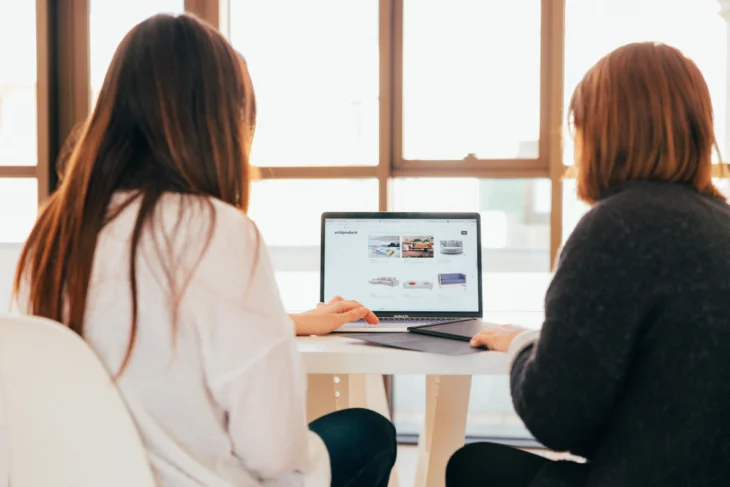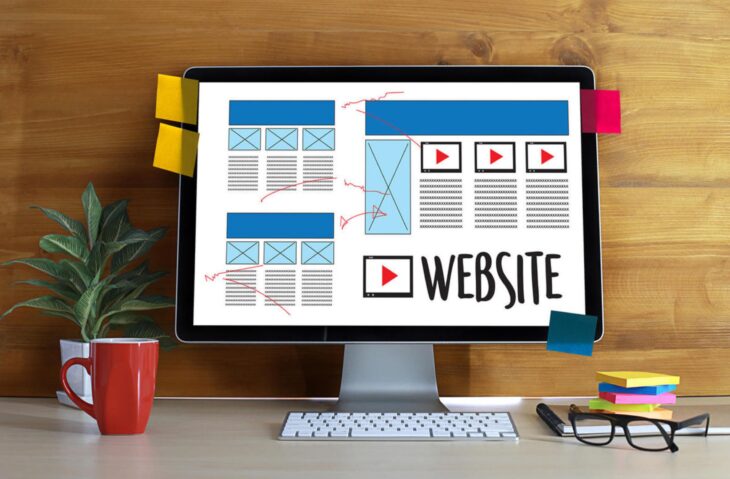Building a new site, blog, or online store is amazing and the thrill that comes with it cannot be described easily. We are finally able to take all the inspiration that we have and put it in one place, and we can avoid all the things that we don’t like on other websites. We are creating something from scratch and we can portray our vision and our goal in one place. There are almost two billion websites right now, and if you want to be one of those who stay on the market, then you should be aware of the things you should do before launching a new website.

Source: unsplash.com
Contents
1. Make sure that everything is done right
If you want to ensure that your site is going to be appealing to customers and readers, you need to make sure that there are no issues and mistakes. You should go through your site and see if there are any mistakes when it comes to spelling and grammar, you should check if everything is unified, and make sure that there aren’t any things that are out of place. You can hire a proofreader or an editor to go through all the content, or you can do it on your own. Even though you can correct errors on the go, it is not professional to wait for a client to point a mistake out and only then change it.
2. Check if it’s functioning on all devices
While building your site you will be doing that from your laptop or computer. Even though there might be some moments when you do some checkups or edit on another device, chances are, you are going to get used to your website from a big screen and you will be focused on making it look perfect for that resolution. On the other hand, when was the last time you opened a random site on your computer and did not use your phone? You should know that most users will be opening your page from their phone or tablet, so you need to make sure that everything is functioning and looks good on any and all devices and screen resolutions.

Source: hostimul.com
3. Use the right hosting server
If you want your site to stay afloat and if you don’t want to have any issues with the loading, security, or even space, you need to find the right hosting server. Some places are going to offer more features than others, and depending on the plan that you choose, you will be able to plan for the future and expansion, or you will have to worry about how you are going to transfer in the future. The right hosting server can help you with the small and the big things and it will also affect your budget. On this website, you can see what your options are if you are looking for reliable and affordable hosting, and you can get an idea of which are the things you should pay attention to.
4. Do as much as you can to boost the optimization
Yes, you will have a proper social media marketing campaign, and chances are, you have already thought about advertising and other strategies, but that does not mean that you should give up on organic views. It is far better to let people be able to find out when they are doing a random search than to rely on paid campaigns only. Because of that, you need to start your search engine optimization even before the site is live. You can learn how to do this with ease on your own, or you can just hire a specialist that will do it all for you.

Source: Medium.com
5. Set up an automatic backup
One of the biggest mistakes that new business owners make is realizing that they need to back up the data only because it got lost. During the beginning stages of the site, many people are going to try and get their hands on the site, and they will roam around on the platform trying to improve this or change that. You will be doing that as well, and even if just one person makes the smallest mistake, that could result in you losing everything. Even if this does not happen, as a fresh website, there is going to be a learning curve, and you will be doing a lot of trial and error. Make sure you back up all the data so you don’t lose all of your hard work. Set up automatic backups and have your site safely stored in a separate location.
6. Check if the design is responsive
When we think about the design of our new page, we usually have grand ideas. We want things to be made in a specific way, and while we are constructing the site, we make changes along the way. No matter how solid your plan was at the beginning when you were checking if all things would work together, it is highly likely that you have made so many changes in the design since then. Before launching your page, check to see if the design is completely responsive, if there is any lagging, if there are issues loading, or if there might be something else that could make the page slower or non-responsive. Do this on time, and if you can notice any issues or obstacles, address them before people start showing up on the page.

Source: Pinterest.com
7. Check the videos and images
We all know how important visual things are, and it is said that when readers are presented with the right images or videos, they are more likely to follow the call to action or to stay on the site for a longer time. You have probably spent a lot of time figuring out which the best images are going to be, and you have probably even invested in creating unique content that no other page has. We subscribe to libraries and we pay for images, so the worst thing that could happen is that content not loading. While your page is still begin developed, there might have been some things that got changed that could result in the images not showing properly or not being in the right place. Do one last check on every image and video that you have, and check to see if they look how they are supposed to.
Don’t rush this process, and leave at least one month to make sure everything is fully combed through before you launch your site. Use as much professional help as you can get, invest in your skills by enrolling in courses, and remember that it is okay to make mistakes and to learn as you go.
